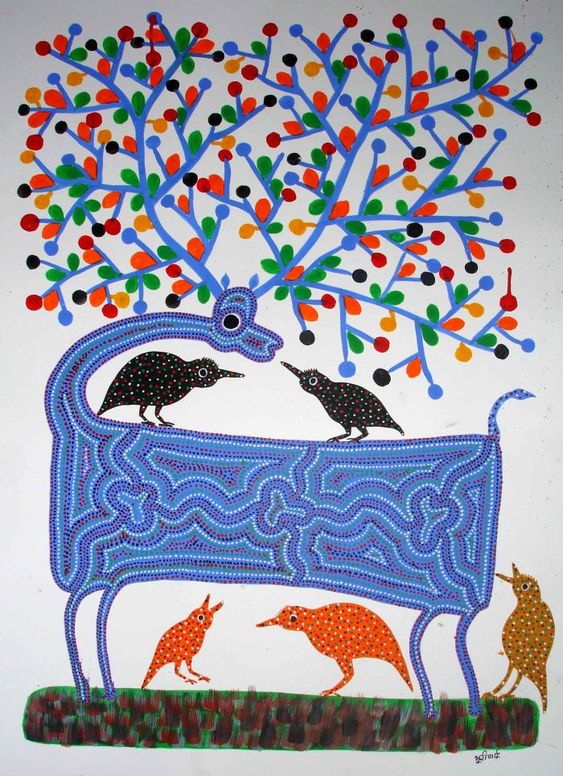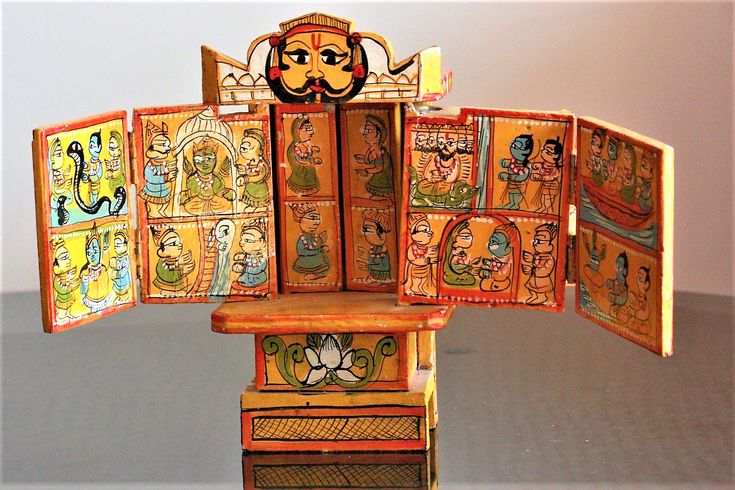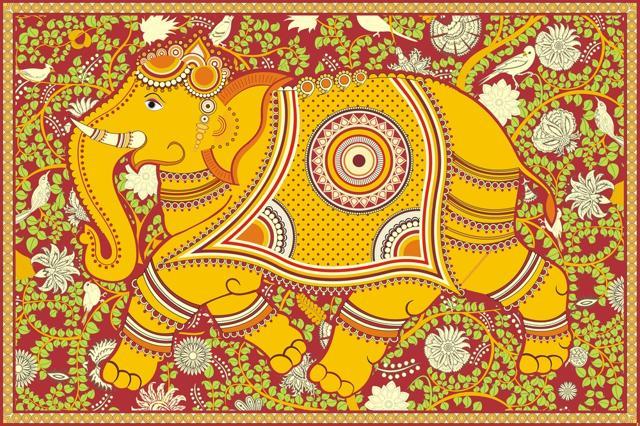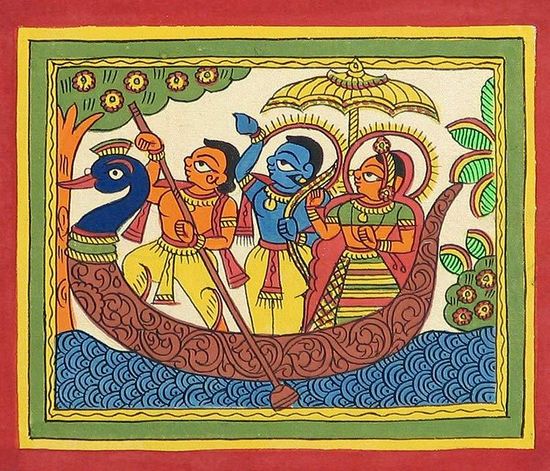The diverse forms of art created by the country’s native inhabitants represent India’s cultural diversity, which includes over 2,500 tribes and regional groupings. The ethnic and tribal art styles of India provide a peek into its rich cultural heritage. The rarity of Indian traditional art, craftsmanship and crafted goods for home décor is determined by their aesthetic perfection. Almost every state has a specific art form that is unique to it. It’s a matter of great pride that the tribal Arts of India are still practised in many places and people have kept them alive today even after so many years. Here are India’s most beautiful and unique tribal and folk art forms that you should know about. (Also read: Famous traditional dance forms of India you should know about )
1. Warli folk paintings
This tribal art is indigenous to the state of Maharashtra and is well-known for its simple wall paintings. It is among the best examples of folk art. This uses basic geometrical shapes including the square, circle, and triangle. On a background of dark red, these paintings are carved in white (with a bamboo brush). The picture features images from everyday life, including dancing, fishing, farming, festivals, and other activities.
2. Bhil art

Viewing Bhil Art is akin to walking into the home of the painters and experiencing firsthand, this intimate art form from Central India. The Bhils, who live in Rajasthan, Madhya Pradesh, Gujarat, and Maharashtra, are India’s second-largest tribal group. Traditionally, the clay walls of the Bhil people’s hamlet homes would be decorated with their art. Neem sticks and other twigs would be utilised to paint lovely pictures while using natural dyes.
3. Gond art

The Gond tribe in central India is known for their popular folk art known as “Gond painting.” It is carried out in order to communicate and preserve the Gond tribal community’s culture. Folk dances, music, and Gond paintings all fall under the category of Gond tribal art. The majority of these paintings are painted on paper, canvas, cloth, etc. and are rich in details, lines, colours, mystery, and humour. These are high-quality and can withstand no tampering for roughly 20 years.
4. Kavad art

The roughly 500-year-old Kavad or Kawad art of Rajasthan is practised by Jangid Brahmins from Chittorgarh. It’s a multi-panelled, three-dimensional box that can be opened up. Several Gods and Goddesses have been painted on this portable temple. Ramayana, Puranas, Bhagavad Gita, and other epic stories are depicted on these panels, which are composed of light wood.
5. Kalamkari

In Hindi, “Kari” signifies work and “kalam” indicates pen. Fine bamboo pens created by the artists themselves are used for this style of art. During the Golconda Sultans’ control, Kalamkari flourished, and some paintings also display Persian influences. The most often utilised source of paints is vegetable ink. For royal families, a modern style known as Karuppur features fabric that has been embellished with golden brocade.
6. Phad

Phad, which has its roots in Rajasthan, is primarily a religious style of scroll painting that features the folk gods Pabuji or Devnarayan. The canvas or fabric that it is painted on is referred to as phad and is 30 or 15 feet long. These paintings are characterised by vegetable colours and a continuous narrative of the lives and valiant acts of deities.
